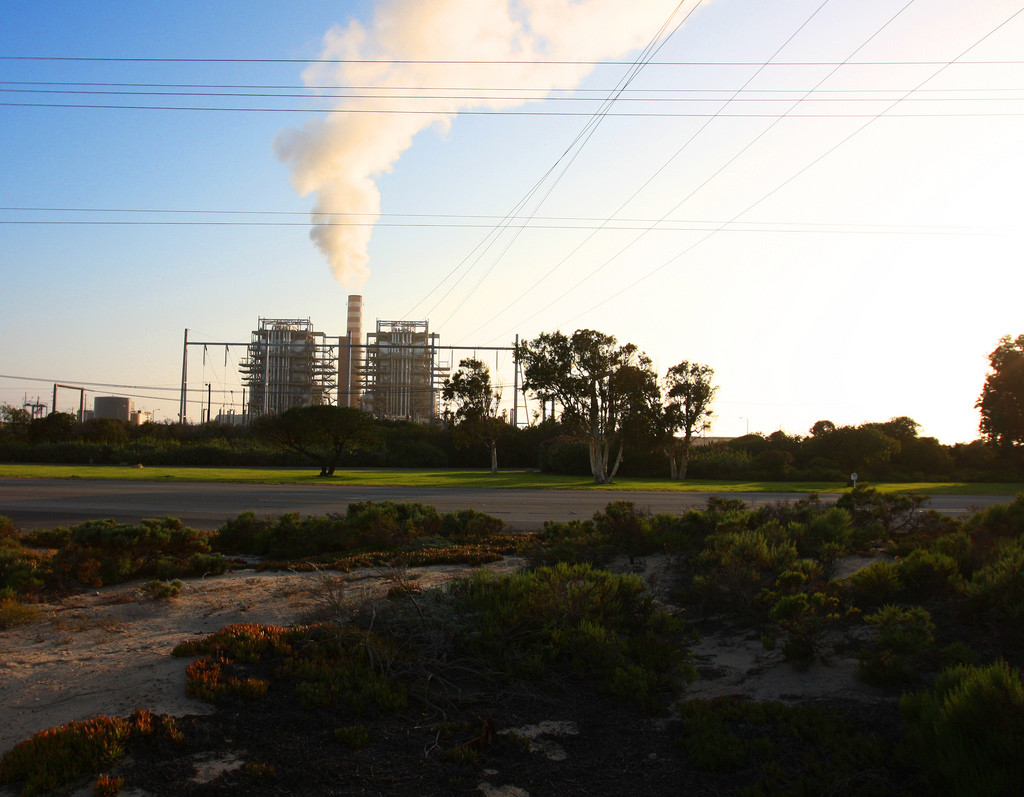
The widespread use of hydraulic fracturing (or fracking) as well as improved drilling techniques have created a major boom in natural gas production. This unquestionably has positive economic impacts for many. One of the important consequences of this is that natural gas is increasingly taking the place of coal for powering electrical generating plants.
Because natural gas contains less carbon than coal, electricity made from natural gas has about half the greenhouse gas footprint as electricity produced from coal. For this reason, natural gas is widely perceived to be an important step in the right direction in meeting the challenge of reducing greenhouse gas emissions.
This is a valid assertion provided that there isn’t natural gas leakage during extraction, processing or distribution. Natural gas is mostly methane, which is a greenhouse gas 25 times more effective at trapping heat than carbon dioxide. A recent study at the University of Colorado showed that a leakage rate of only 3.9% in natural gas production is enough to render natural gas as damaging as coal when it comes to climate change.
So what is the leakage rate for gas production? There is not much agreement on that subject. Estimates of methane leakage range from as little as 1% to as much as 10%, but unquestionably there is plenty of evidence that it may be at least enough to be a real problem.
There is no doubt that the gas industry has to do everything it can to prevent leakage. For one thing, it is their product that is being wasted. But more importantly, it is undermining the main reason to use gas in the first place.
**********
Web Links
Long term effect of natural gas leakage discovered
Photo, posted May 9, 2009, courtesy of Rennett Stowe via Flickr.
Earth Wise is a production of WAMC Northeast Public Radio.